
The study reviews the outcomes following penetrating, closed trauma–related injuries.


The study reviews the outcomes following penetrating, closed trauma–related injuries.

Research also highlights the top factors that lead to care, which can be used to improve parents' uptake of sight-saving surgery for their children.

The rate of adverse events was low in this higher risk, difficult-to-manage population of special-needs children, noted Margaret Reynolds, MD.

According to the organization, the goal is to highlight and address the diverse and critical vision and eye health needs of children and to improve outcomes through advocacy, public health, education, and awareness.
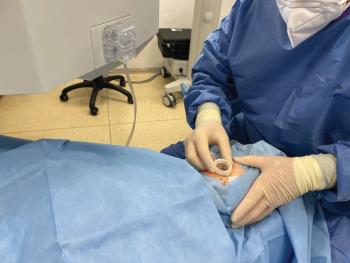
Performing cataract surgery on young patients can be a challenge, and the evolving technology can be used in cataract surgery for young children.

The Children’s Vision Equity Alliance was created to improve acces in children’s vision and eye health, working to advance equity in children’s vision and eye health through education, access, policies, and partnerships.

Denise Freitas, MD, reports on ocular findings in infants with congenital Zika virus syndrome that were similar among the affected infants and occurred frequently.

Procedure transfers intact donor nerve fibers to the cornea.

Perspectives from a pediatric ophthalmologist and mother.

All of the newborns in a recent study had ocular manifestations, the most common being periorbital edema and hemorrhagic conjunctivitis,

A coalition of vision groups held a briefing on Capitol Hill this week to educate legislators on increasing incidence of myopia and the associated cost burden.

Retinopathy of prematurity expert C. Armitage Harper, III, MD, of the Austin Retina Associates in Austin, Texas, discusses his experience in treating ROP cases across the globe, and his mission to prevent pre-term blindness in infants.
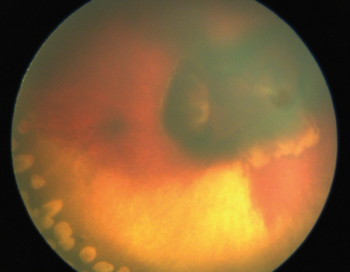
Techniques, technologies minimize complications and guide counseling, care.
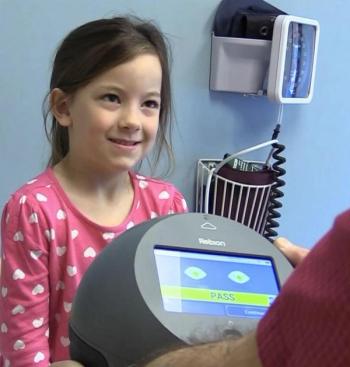
The screening device works by assessing the eyes’ ability to fixate together. Held 14 inches from the eyes, the child fixates on a smiley face while the device simultaneously scans both retinas.

Children’s Hospital of Philadelphia and Stanford University School of Medicine will lead the $5.4 million study ,with patient recruitment beginning in late 2021 or early 2022.

CXL is safe, effective to perform on younger population, study results show.

Led by eye care nonprofit Orbis with support from Alcon, the training will build eye care professionals' skills to treat retinopathy of prematurity in Latin America

A new study reveals that children of mothers with diabetes during pregnancy have an increased risk of eye problems.
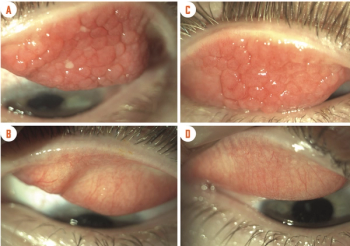
Most patients with allergic disorder are children, adolescents, or young adults.

Edward Manche, MD, discusses results from his presentation regarding outcomes of corneal crosslinking keratoconus in a pediatric population.
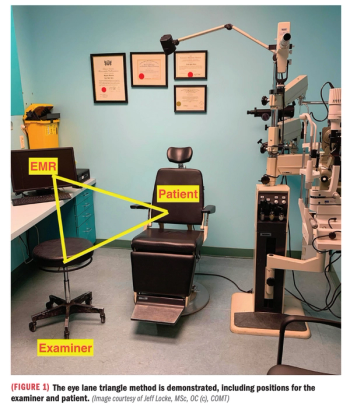
Focus on maximizing visual examination by combining methods of detection-based testing.

According to investigators, the system has been shown to almost triple the number of people with eye problems attending primary care, as well as increasing appropriate uptake of hospital services.

According to investigators, infants may have an edge over adults, with babies demonstrating a stronger immune response to the SARS-CoV-2 virus.

The event, being held at the Mandalay Bay Resort and Casino in Las Vegas, is offering a full agenda for in-person attendees.

Vyluma Inc. will focus on the development and commercialization of therapies to treat ophthalmic diseases, including pediatric myopia.